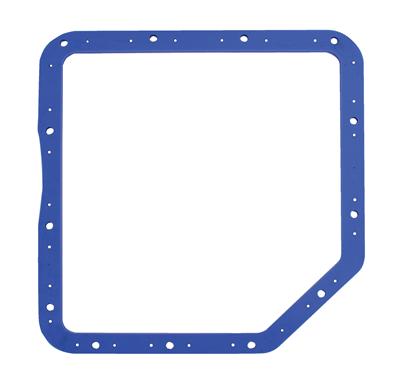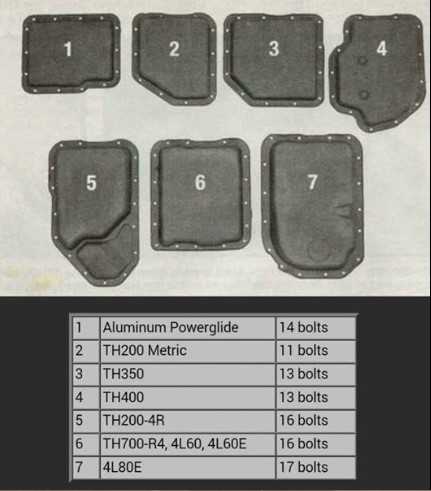

The concept of an overland route from one tip of the Americas to the other was originally proposed as a railroad at the First Pan-American Conference in 1889 however, this proposal was never realized. after the Cuban Revolution of 1959 ended talk of this project. The deterioration of relations between Cuba and the U.S. The Cuban proposal, forgotten today since nothing came of it, was to create a "circuito del Caribe." They would have expanded the highway to Puerto Juárez, México ( Cancún), and from there by ferry to Pinar del Río, Cuba, from there to Havana, and by ferry again to Key West, Florida. Both Panama and Colombia, and environmentalists as well, are opposed to building a highway through the Darién Gap that separates the two continents. The third stage, which has not been completed and may never be, continues onward to the southern tip of South America at Tierra del Fuego National Park, near Ushuaia, Argentina. The second stage was the Inter-American Highway to Panama City. The first, not long after one could drive across the United States on a paved road, was the highway from Laredo, Texas to Mexico City. It has been largely engineered, funded, and signed by the United States.

Except for Cuba, no politician from a Central or South American country has ever called for it, or has spoken in favor of it. The notion that there could and should be an inter-American highway, linking the nations of North and South America, is an American (United States) idea. There it splits into several spurs leading to the Mexico–United States border.Ĭoncept of the highway. West and north of the Darién Gap, this roadway is also known as the Inter-American Highway through Central America and Mexico. Several southern highway termini are claimed, including the cities of Puerto Montt and Quellón in Chile, and Ushuaia in Argentina. The Pan-American Highway system is physically mostly complete and extends in de facto terms from Prudhoe Bay, Alaska, in North America, to the lower reaches of South America.

Some areas are fully passable only during the dry season, and in many regions driving is occasionally hazardous. The Pan-American Highway passes through many diverse climates and ecological types – ranging from dense jungles to arid deserts and barren tundra. However, because of the Darién Gap, it is only possible to cross by land between South America and Central America-the last town in Colombia to the first outpost in Panama-by a difficult hike of at least four days through a very dangerous and humid region. According to Guinness World Records, the Pan-American Highway is the world's longest "motorable road". Except for a rainforest break of approximately 106 km (66 mi) across the border between southeast Panama and northwest Colombia, called the Darién Gap, the roads link almost all of the Pacific coastal countries of the Americas in a connected highway system. The Pan-American Highway ( French: (Auto)route panaméricaine/transaméricaine Portuguese: Rodovia/Auto-estrada Pan-americana Spanish: Autopista/Carretera/Ruta Panamericana) is a network of roads stretching across the Americas and measuring about 30,000 kilometres (19,000 mi) in total length. Interstate Highway System brought official status to most previously unofficial routes in the lower 48 states. A few selected unofficial routes shown through the United States and Canada as they existed in the early 1960s. The Pan-American Highway from Prudhoe Bay, Alaska, to Quellón, Chile, and Ushuaia, Argentina, with official and unofficial routes shown in Mexico and Central and South America.


 0 kommentar(er)
0 kommentar(er)
